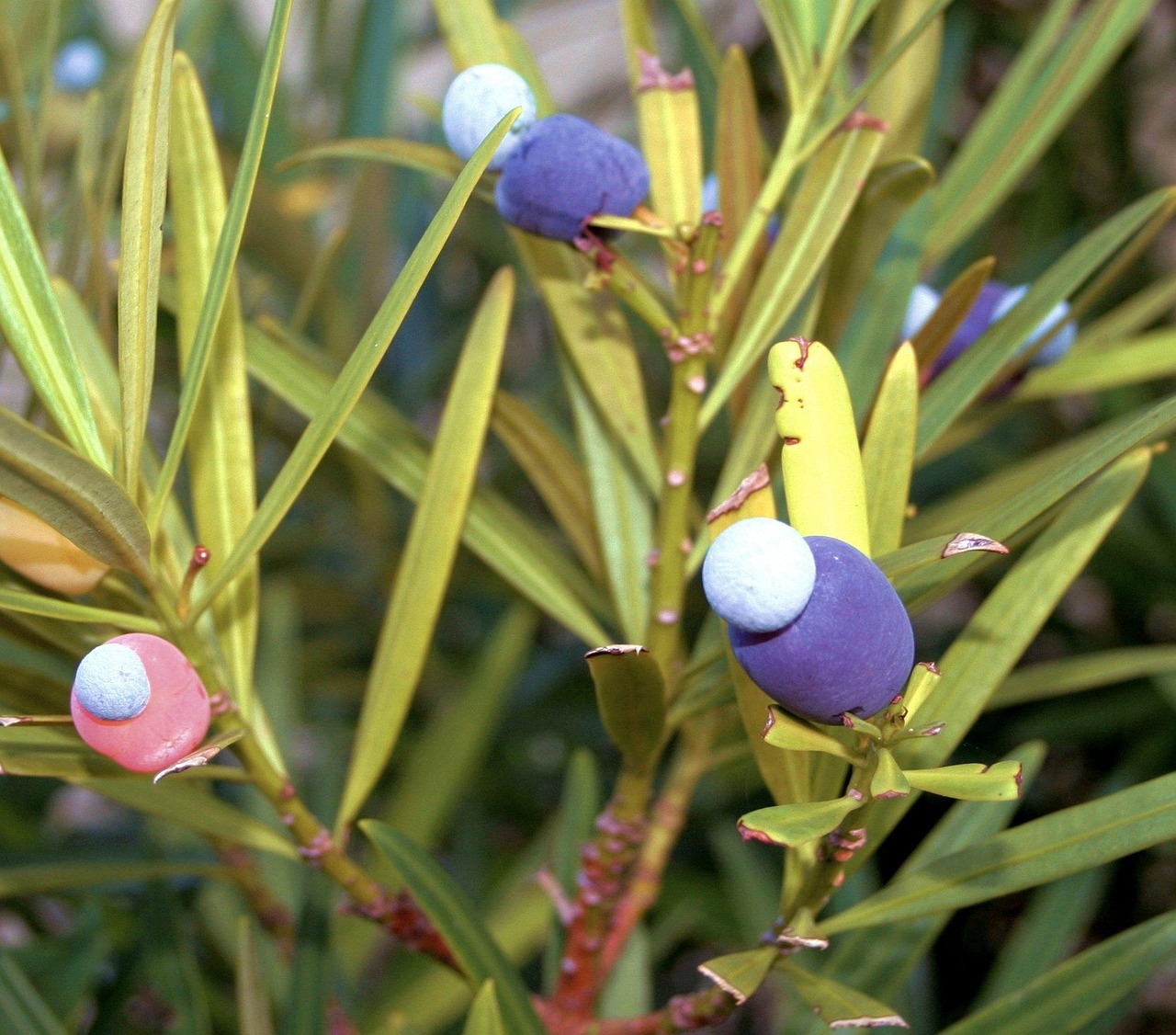The Hidden Danger of Cyanide in Seeds - A Look into the Unlikely Culprits
Explore the unexpected sources of cyanide and the importance of proper seed handling.

The Hidden Danger of Cyanide in Seeds - A Look into the Unlikely Culprits
Cyanide is a highly toxic substance that can be found in various forms, including its most unsuspecting source: seeds. Yes, you read that right – seeds, which are an essential part of our daily diet and cooking routine. The presence of cyanide in seeds may seem alarming, but understanding its origins and the risks associated with it is crucial for maintaining food safety.
What's the deal with cyanide in seeds?
Cyanide is a naturally occurring compound found in certain plant-based foods, including legumes, fruits, and vegetables. In the case of seeds, cyanide can be present in varying amounts depending on factors such as the type of seed, its processing, and storage conditions.
One of the primary sources of cyanide in seeds is the enzyme linamarin, which is found in certain types of legume seeds like almonds, apricots, and apples. When these seeds are consumed, the linamarin can be broken down into hydrogen cyanide (HCN), a highly toxic substance that can cause serious health issues if ingested.
How does cyanide affect our bodies?
Cyanide is a potent toxin that can cause a range of adverse effects when ingested. In small amounts, HCN can cause symptoms like headaches, dizziness, and nausea. However, larger quantities can lead to more severe consequences, including:
- Respiratory failure
- Cardiac arrest
- Seizures
- Coma
In extreme cases, cyanide poisoning can be fatal.
Are all seeds created equal?
Not all seeds contain cyanide, and some are even naturally low in the toxin. For example, sunflower seeds and pumpkin seeds tend to have lower levels of linamarin compared to other types of legume seeds. However, it's essential to note that any seed can potentially contain cyanide if it's not properly processed or stored.
How can we minimize the risk?
To ensure your safety when consuming seeds, follow these simple guidelines:
- Store seeds in a cool, dry place to prevent moisture buildup and oxidation.
- Choose reputable sources for your seeds, as some may have been processed using methods that reduce cyanide levels.
- Cook or roast seeds thoroughly before consumption to break down any linamarin present.
- Be aware of the types of seeds you're consuming and take necessary precautions when handling them.
Conclusion
While cyanide in seeds might seem like a daunting topic, understanding its presence and the risks associated with it can help us make informed decisions about our food choices. By being mindful of seed storage and preparation, we can minimize the risk of cyanide exposure and enjoy the numerous health benefits that seeds have to offer.